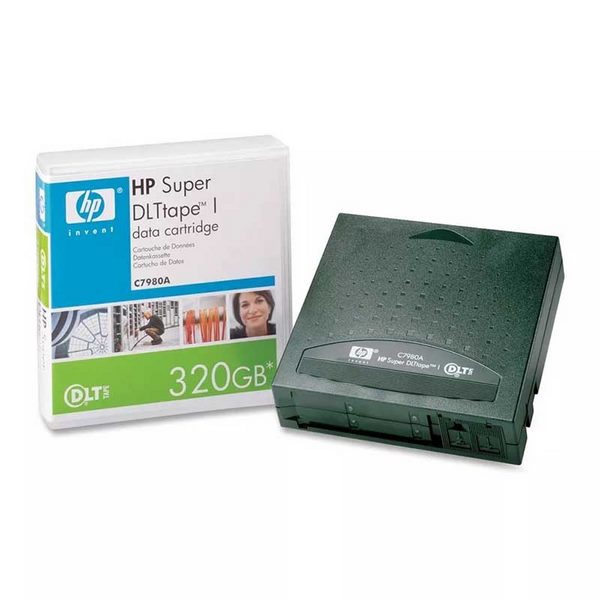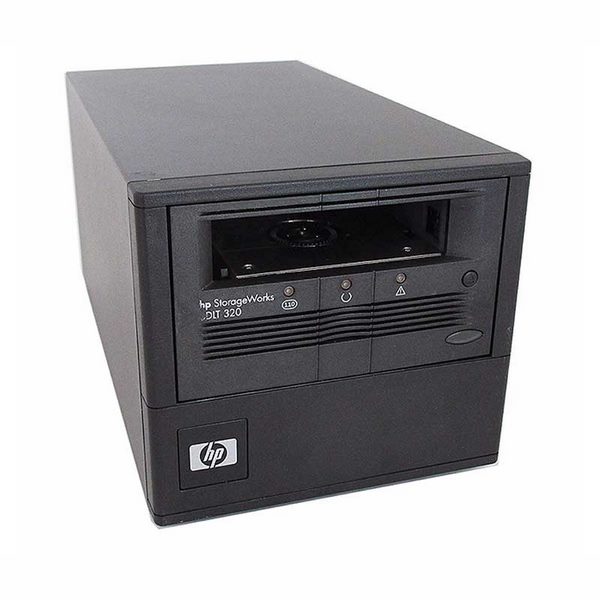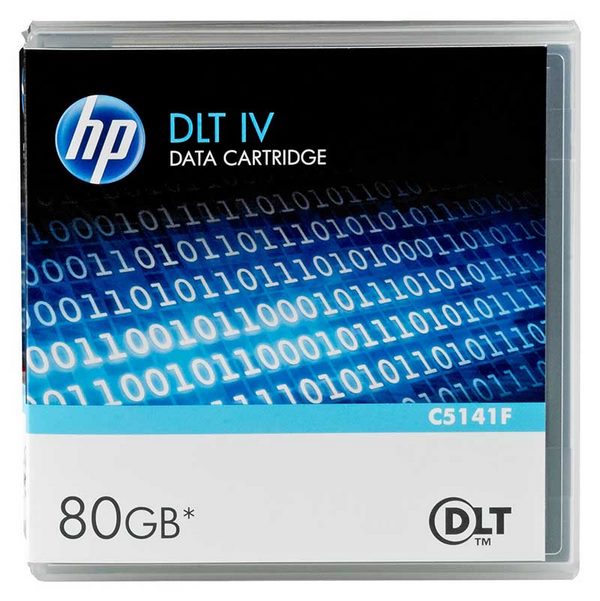DLT (Digital Linear Tape)
Invented by Digital Equipement Corporation and acquired by Quantum.
DLT (Digital Linear Tape)
Invented by Digital Equipment Corporation in 1984, this technique was acquired by Quantum Corporation in 1994. Since then, it has become one of the most popular and widely used backup formats in the industry.
DLT, or Digital Linear Tape, is a magnetic storage technology used for backing up and archiving data. It is based on the use of a linear magnetic tape, where data is recorded and read sequentially.
A higher-capacity variant was subsequently developed under the name Super DLT (SDLT).
In terms of capacity, DAT drives and the first DLT are equivalent. However, DLT stands out with a longer lifespan of the read/write heads. This means that DLT drives are designed to provide long-term performance and reliability, making them a preferred choice for applications that require intensive and continuous use.
DLT drives are equipped with six guides that ensure smooth tape movement. These guides ensure excellent contact between the tape and the read/write heads, reducing the risks of read or write errors and ensuring optimal backup quality.
In conclusion, DLT is a widely used magnetic storage technology that offers a reliable and efficient solution for data backup and archiving. With the introduction of the SDLT variant, the DLT format has been improved in terms of head management and storage capacity. DLT drives are known for their long lifespan of the read/write heads and consistent performance, while the integrated guides ensure smooth operation of the magnetic tape.
DLT standards
The DLT standard uses a specific method to record data on the magnetic tape. The data is written using two parallel tracks that span the entire length of the tape.
When the read/write head reaches the end of a track, it resumes recording on the next track, but in reverse direction. This means that the data is recorded using both sides of the tape. This method offers several advantages, including better utilization of storage space and an increase in read and write speed.
By employing this approach, the DLT standard allows for greater storage capacity on a single magnetic tape. By grouping two tracks on each pass of the head, it is possible to double the recording density compared to traditional methods. This enables storing more data on a tape of the same size, which is particularly beneficial for applications requiring high-capacity backups.






